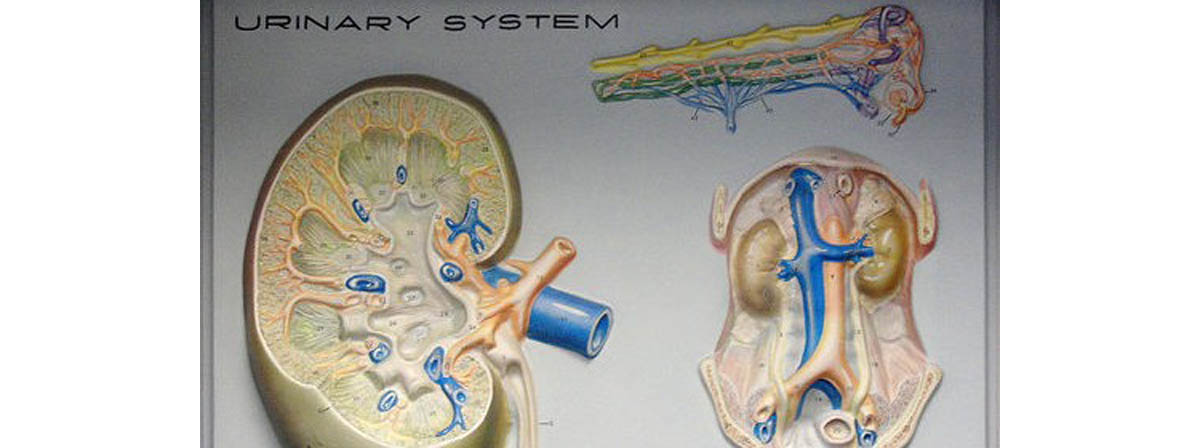Table of Contents
Interstitial cystitis, which is also known as IC for short, refers to a clinical chronic condition characterized by a chronic urinary urgency — feeling the need to urinate immediately and frequency or frequent urination. This condition could appear with or without pelvic pain. Depending on the patient, interstitial cystitis pain can range from fairly mild to horrible pain that affects your daily life. Interstitial cystitis is also sometimes called frequency urgency dysuria syndrome or just painful bladder syndrome.
The symptoms of interstitial cystitis syndrome may vary greatly among different patients and may even vary with time in the same individual who has this problem. The term cystitis refers to any inflammation of the bladder. In contrast to the bacterial cystitis that results from an infection in the bladder, no infectious organism has were identified in people with interstitial cystitis. Interstitial cystitis is diagnosed when the symptoms occur without evidence for another cause of symptoms.
Let's take a look at everything you'll need to know about interstitial cystitis, including diagnosis and symptoms.

Overview of urinary function
The urinary system consists of two kidneys, ureters, bladder, and urethra. The kidneys are pair of purplish-brown organs, located below the ribs toward the middle of the back. The kidneys remove water and waste from the blood in the form of urine. This way kidneys are keeping a stable balance of salts and other substances in the blood. The kidneys also produce erythropoietin. That is hormone that stimulates the formation of human red blood cells. Narrow tubes called ureters carry urine from the kidneys to the bladder. This is a triangle-shaped, muscular chamber in the lower abdomen. Like a balloon, the bladder’s muscular and elastic walls relax and expand to store urine and contract and flatten when urine is emptied through the urethra. The typical adult bladder can store about 1.5 cups of urine inside. Adults urinate about a quart and a half of urine each day, while the amount of urine varies depending on the fluids and foods a person consumes. The volume formed at night is about half that formed during all day. Normal urine contains fluids, salts and waste products, but it is free of bacteria, viruses and fungi. The tissues of the bladder are isolated from urine and toxic substances. It is done by coating on the inside of the bladder that discourages bacteria from attaching and growing on the bladder Narrow tubes called ureters carry urine from the kidneys to the bladder, which is placed in lower abdomen.

